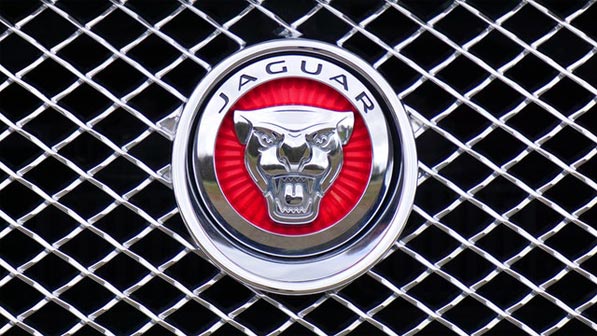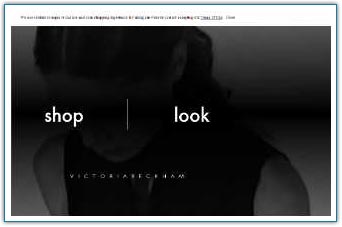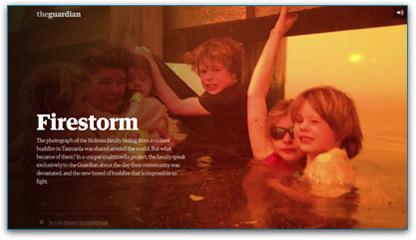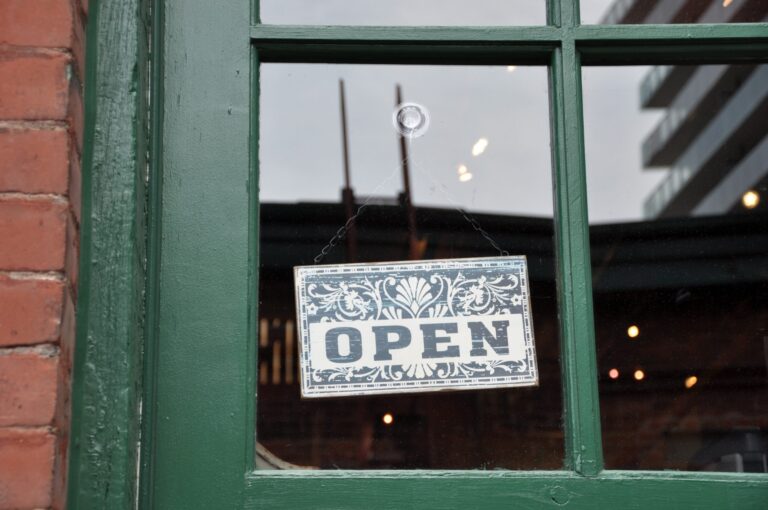Branding, like beauty, is in the eye of the beholder. You may think of a brand as something that can be quantified or identified, like knowing that there’s a McDonalds on this off-ramp because you see the golden arches or suddenly craving a Frappuccino when you see the familiar dark green awnings of a Starbucks.

But there’s more to a brand than just the logo — so much more.
Everything that goes into branding — visuals, personality, goals, customer service, positioning, marketing, digital marketing and so on — eventually gives rise to the brand image.
What Is A Brand Image?
A brand image isn’t a concrete visual, like a logo. A brand image is defined as the way that your customers perceive your brand.
It may vary somewhat from customer to customer, just like experiences and tastes vary. But does that mean that you don’t really have any control over your brand image?
Well, no. Otherwise, you wouldn’t be reading an article about how you can design a brand image.
Your brand image will be influenced by a number of factors. And you certainly have a say in many of them. We’re going to go over five of the most important things to remember when making an impression on your customers and crafting your brand image.
Why Is Your Brand Image Important?
Branding is important because it identifies your company. And a good brand image can do the same.
As customers have consistently good brand experiences, this will cement a positive brand image in their minds. Since they associate positive things with you, they will continue to seek your brand out when they have the opportunity. So brand image, like branding, builds loyalty in your customer base.
But your brand image doesn’t have to be tied to firsthand experience. When your happy customer spreads their story to others, their positive brand image will also attract new customers. So a good brand image is not only constantly growing, it can also propagate itself to new audiences.
It’s like a gift that keeps on giving.
Are you ready to take control of your brand image? Let’s take a look at five tips that will help you to develop a brand image that works perfectly for you.
- Be clear about what image you’re aiming for
- Take every branding opportunity seriously
- Design consistent visuals
- Work with influencers
- Tell your story
Be Clear About What Image You’re Aiming For
To work towards crafting a brand image, many factors must be taken into account. So having a clear goal in mind is vital.
This goes back to other strategies that you have developed for your brand, such as crafting your brand personality and deciding where you want your brand to be positioned. Your brand image will be a natural outgrowth of those strategies, so make sure that each aspect of those strategies fall in line and elevate your brand in the direction you want to go.
Remember that you can’t control every aspect of how your audience perceives your brand, but the strategies you design have a big impact. Designing your brand image takes constant effort.
Design Consistent Visuals
Branding visuals and brand image aren’t interchangeable, but that doesn’t mean that they aren’t related. After all, the visuals that you design for your brand will be closely associated with your brand’s image in the mind of a viewer — they may even think of your logo as the “face” of the brand.
Be judicious in the elements that you include in your design, crafting graphic, color, and font combinations that will appeal to your audience. It’s a good idea to put together a style guide for your branding so that your visuals can remain consistent, further building familiarity.
Use tools at your disposal, like Logo Design and Typewolf to build individual pieces of design that work together in a harmonious way.
With well-designed, consistently-used visuals, you can further help to shape the brand image.
Take Every Branding Opportunity Seriously
Customer service, advertisements, confirmation emails, social media posts — they’re all branding opportunities, and each one can play a significant part in designing your brand image.
If you want to make sure that your audience views you positively, you can’t afford to slack on any branding opportunity. Not only do you want to use them to the full, you want to give your best with each one.
This is especially important to remember when you have a negative experience with a customer, such as a complaint posted to your social media account. How you react will deeply impact how you are viewed not only by that customer but by any others who observe the exchange.
Work With Influencers

It’s true that brand image is built largely out of firsthand experience — but that isn’t always the case. We also form impressions of brands based on the experiences of others, especially those whom we trust and admire.
You may not be able to enlist everyone’s mother to advocate for your brand, but working with influencers can also have an enormous impact.
When your potential customers see positive feedback from someone they follow online, indicating that the influencer has a positive image of your brand that will build their own mental image.
It’s especially useful to get real reviews from the influencers, based on actual use of your products and services. And carefully choose influencers whose values align with yours; if you just work with anyone who is willing to be paid for their endorsement, you’ll likely end up alienating the customers you’re trying to cultivate.
Tell Your Story
Crafting a narrative can drive the formation of a brand image. As a species, we thrive on stories. They inform us, entertain us, and connect with us.
Telling your story essentially puts you in the driver’s seat, in terms of designing a brand image that will last.
Make sure to dedicate a portion of your website to the history of your company, including details to make it come alive. Tell the story from a personal point of view, if at all possible. Re-use your narrative in social media posts, quotes, call backs, product packaging, and anywhere else that might contribute to the creation of more connections with your audience.
A picture is worth a thousand words, they say — and a good story is worth a fantastic brand image.






